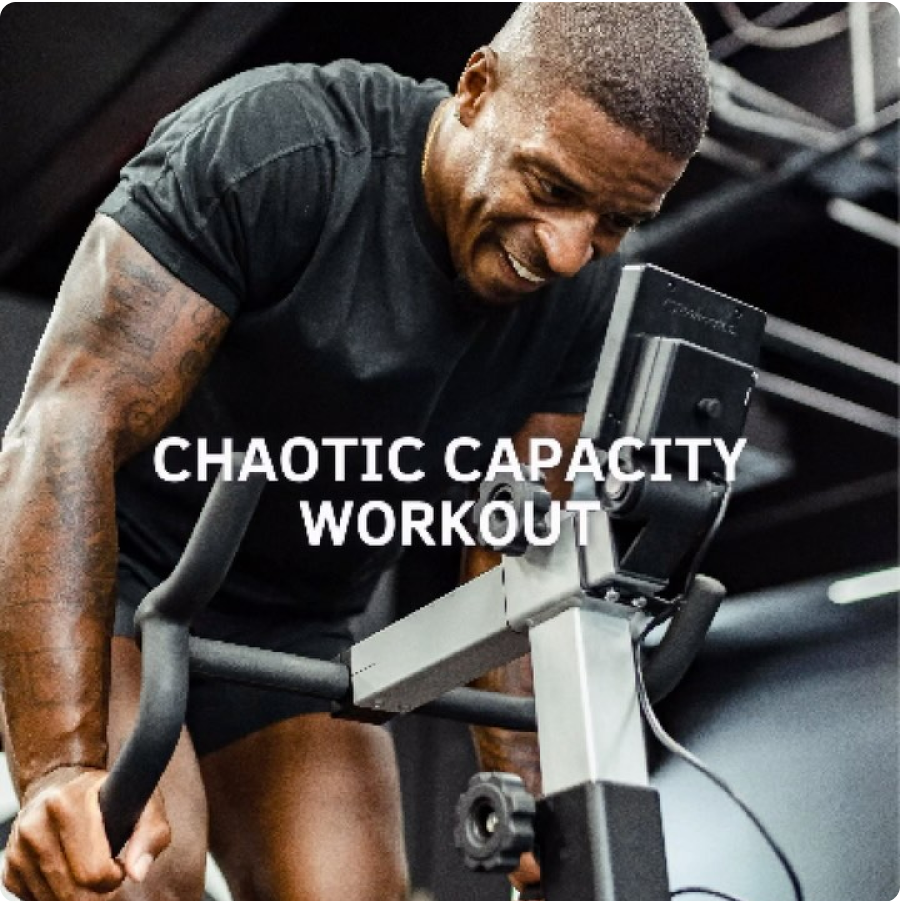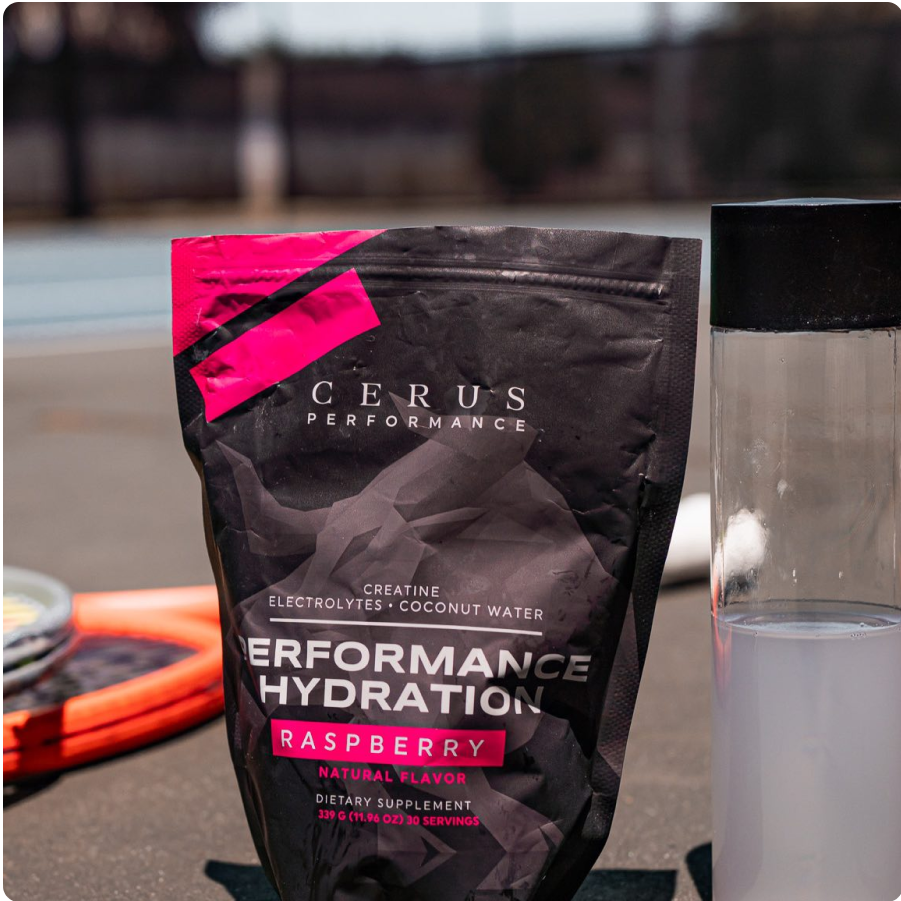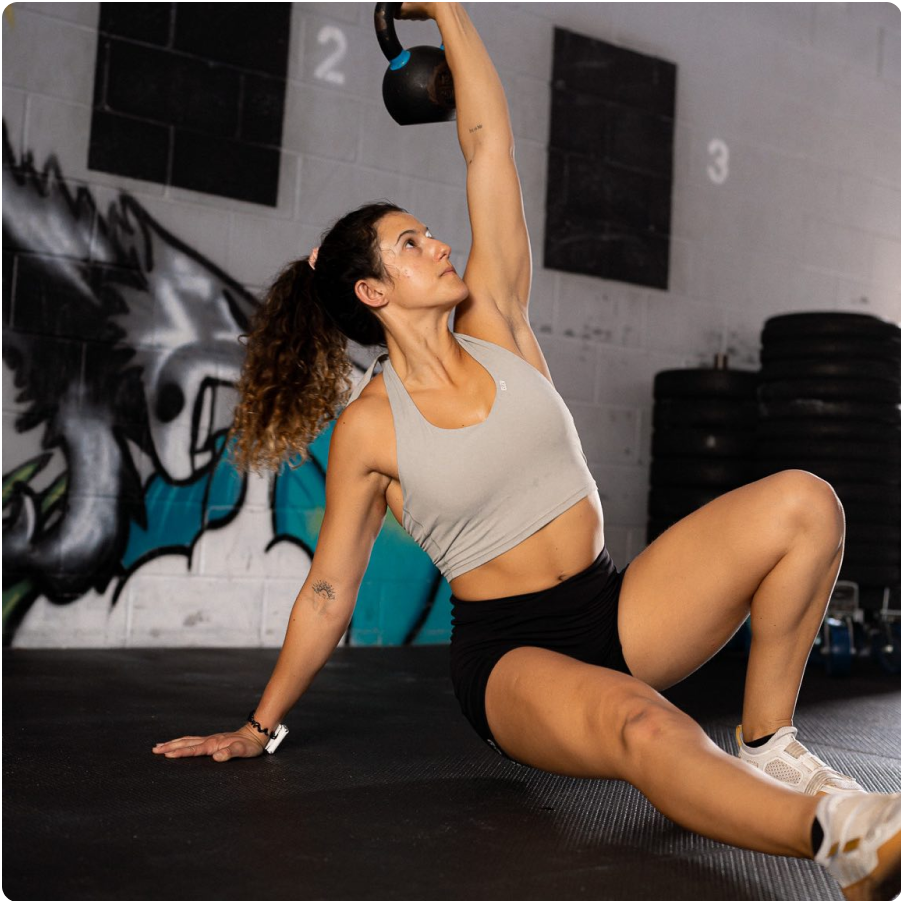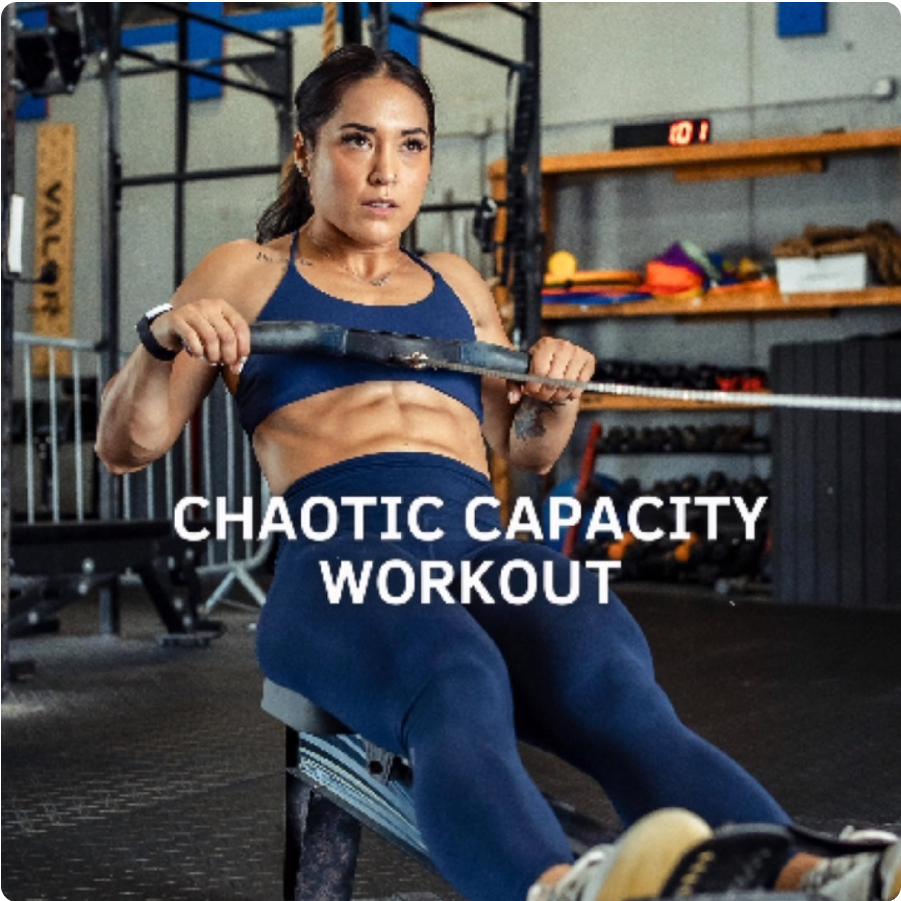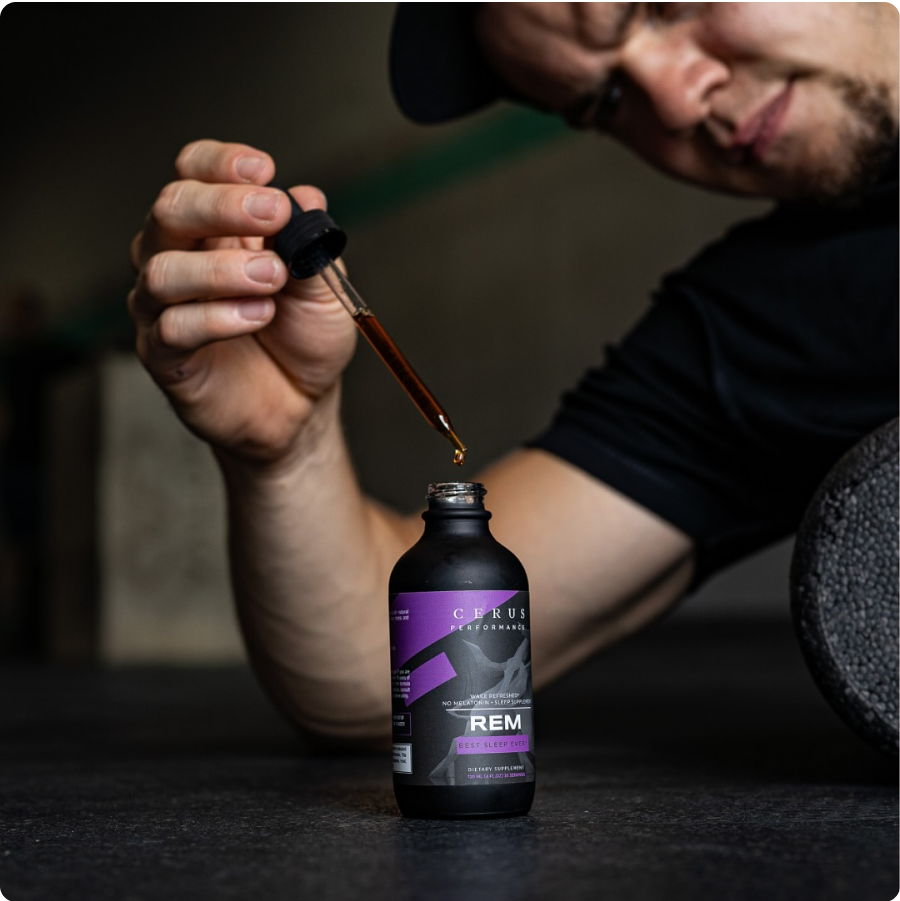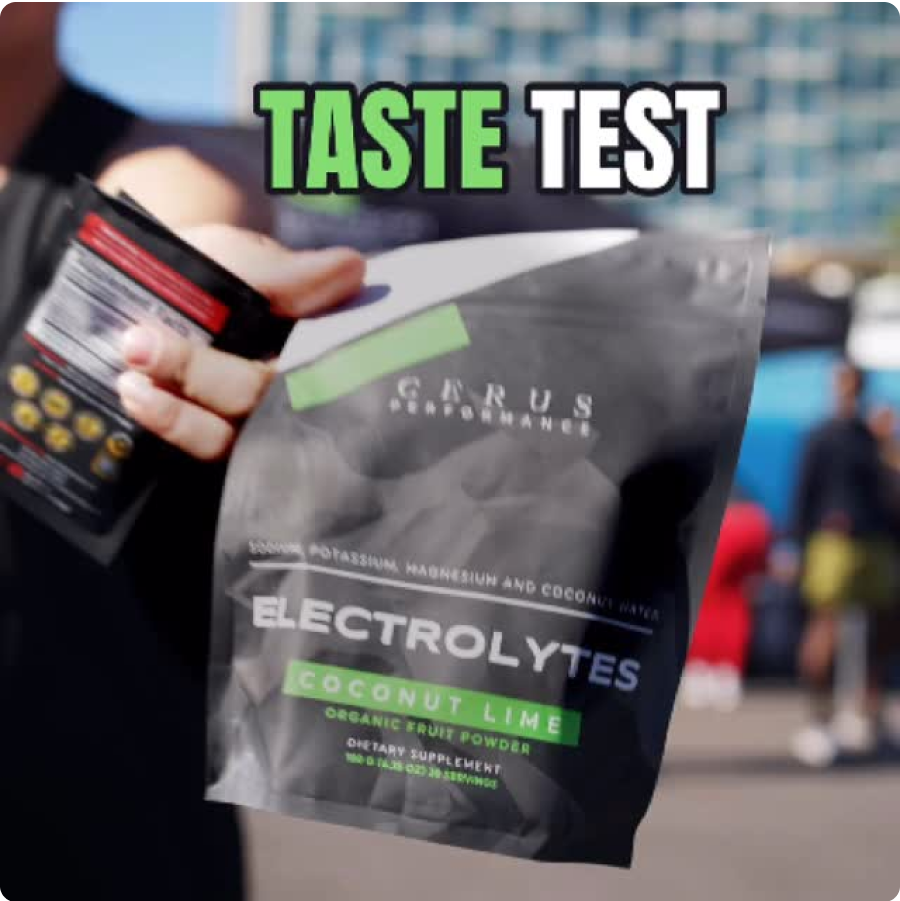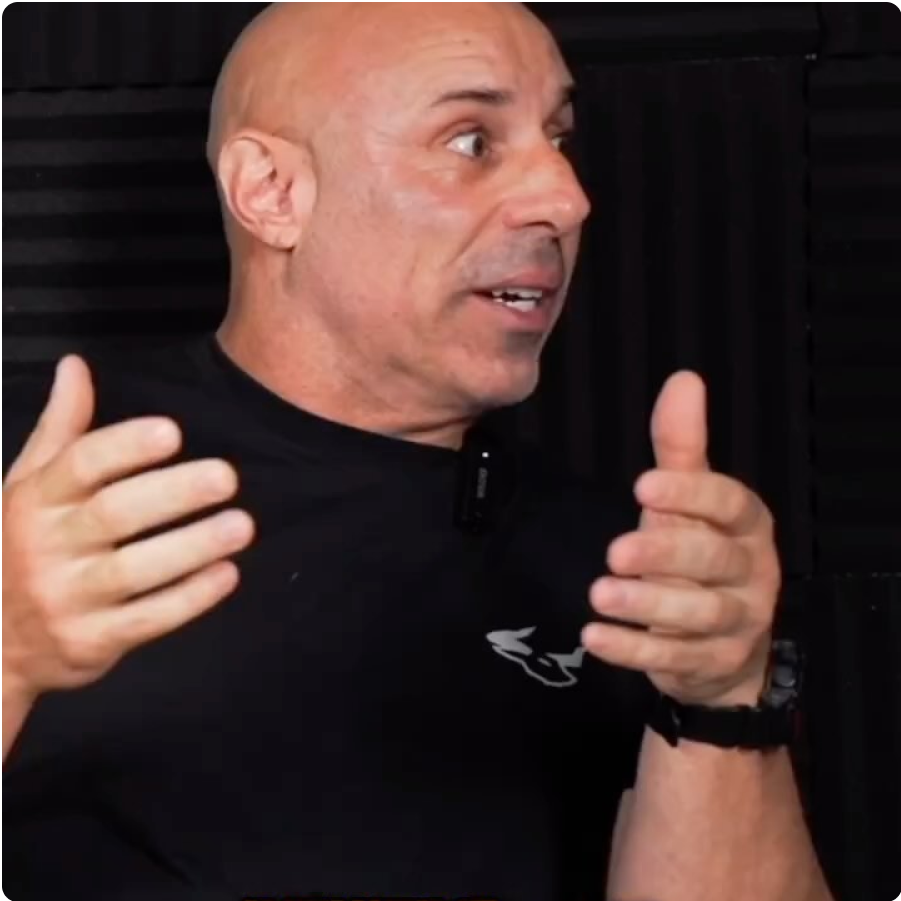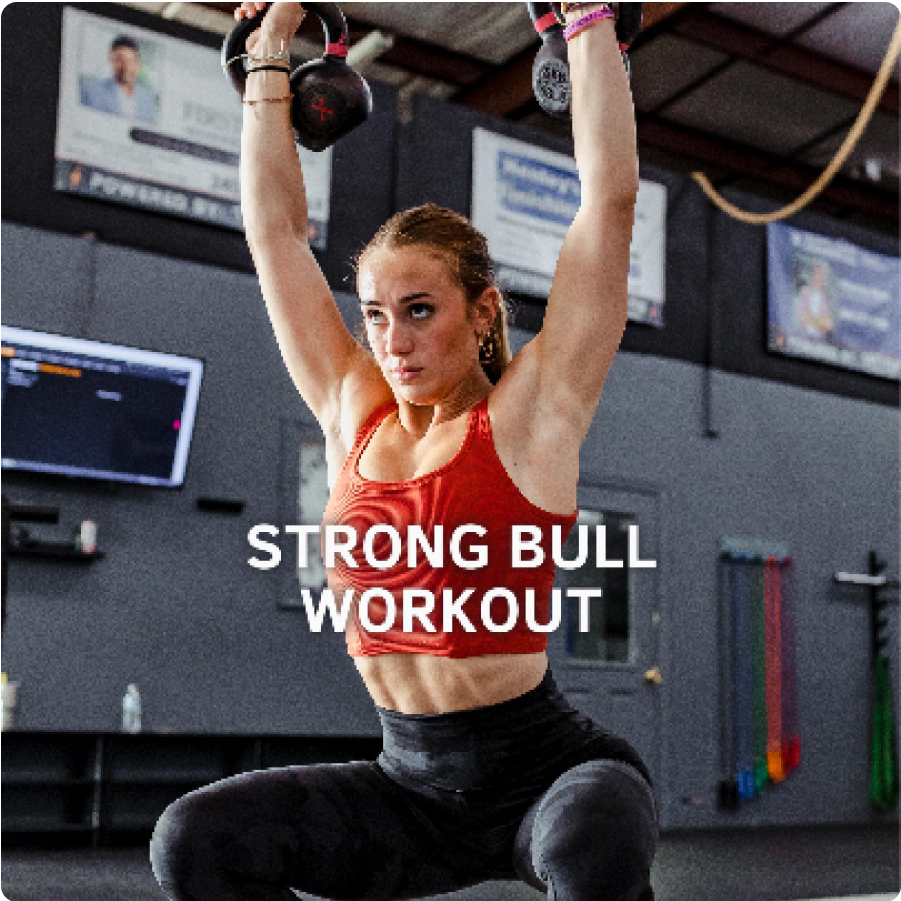8 Signs Your Pre-Workout Is Making You Train Like a Recreational Swimmer
What Elite Swimmers Discovered About Championship-Level Performance
The shocking truth about why traditional pre-workouts are sabotaging your path to the podium
It's lap 12 of your 1500m. Your stroke rate is falling apart. Your lungs are screaming. The swimmer in the next lane—who you led for the first 800m—just glided past you like you're standing still.
Same story, different set.
You slammed your pre-workout 45 minutes ago. Felt unstoppable during warm-up. Demolished the first few 100s. Then your body betrayed you when it mattered most.
While other swimmers negative split their races, you're fighting just to maintain technique, watching your championship dreams sink with every labored stroke.
This isn't about heart. This isn't about wanting it more.
A comprehensive analysis of elite swimmers—from age group champions to Olympic medalists—revealed a devastating truth: the vast majority of athletes using traditional pre-workouts were unknowingly capping their genetic potential with products engineered for gym workouts, not the demands of aquatic performance.
The difference between someone who talks about making cuts and someone who actually touches the wall first isn't just yardage or natural talent. It's understanding that your pre-workout is either unlocking your body's three core performance systems or actively sabotaging them.
The 8 Death Sentences Hiding in Your Pre-Workout
1. The False Prophet Effect (Laps 1-6)
You feel invincible through warm-up and the first few lengths, then crater spectacularly. Synthetic caffeine creates artificial neural firing that burns through your ATP reserves in minutes—exactly when swimming demands sustained power across extended distances. You're not building energy; you're borrowing it from your future self at compound interest.
2. Respiratory Chaos Under Load
During your 400 IM, your breathing becomes erratic and desperate instead of controlled and rhythmic. Traditional stimulants spike your heart rate before you've even hit the water, destroying the breathing pattern that separates elite swimmers from those who fade in the final 100. When you can't control your breath, you can't control your stroke.
3. The Recovery Dead Zone
Set 4 of 8x100 on 1:30: everyone else is getting ready for the next send-off while you're still hanging on the wall, gasping. Artificial stimulants impair your body's natural lactate clearance and ATP regeneration systems. Your rest intervals become survival time instead of preparation for the next effort.
4. Technical Breakdown Under Fatigue
Your streamline falls apart in the final 50. Your catch becomes a slap. The jittery energy from synthetic compounds creates "neural noise" that interferes with the precise motor control needed for efficient stroke mechanics when your heart rate is maxed and lactate is flooding your system.
5. The Performance Lottery Effect
Some days you drop time, others you can barely make your interval. This randomness stems from your nervous system being either overstimulated or crashed from previous sessions. Elite swimmers are elite because they can reproduce their performance on demand—something impossible when you're riding artificial stimulation waves.
6. The Extended Stress Cascade
Post-practice, you're wired but exhausted. Your sleep quality suffers. Tomorrow's session starts before you've recovered from today's. Synthetic pre-workouts trigger a cortisol response that can take hours to clear—meaning each practice is actually damaging your next one.
7. Mid-Set Digestive Shutdown
Nothing kills a time trial like cramps during the back half of your 800 free. Traditional formulas contain poorly absorbed synthetic compounds that force your body to divert blood from working muscles to your digestive system—exactly when you need every available resource going to propulsion.
8. The Adaptation Ceiling
Despite logging massive yardage and following perfect periodization, your times have plateaued and your lactate threshold won't budge. When your energy systems are constantly overstimulated rather than optimally supported, your body loses its ability to adapt efficiently to swimming's unique physiological demands.
The Hidden Truth: What Championship Swimmers Actually Do
While most swimmers chase the next stimulant hit, championship-level performers have quietly moved to a completely different approach. They don't just train harder—they've unlocked something most athletes never discover: the three biological systems that actually determine performance ceiling.
SYSTEM 1: Respiratory Efficiency Elite swimmers don't just have bigger lungs—they have smarter breathing. They've mastered the breathing rhythm that allows for optimal oxygen delivery while maintaining stroke mechanics under extreme fatigue. This isn't about lung capacity; it's about respiratory control when lactate is screaming at you to quit.
SYSTEM 2: Cardiovascular Adaptability The best swimmers don't just have strong hearts—they have intelligent hearts that can rapidly shift between aerobic and anaerobic energy systems without redlining. They maintain controlled heart rate transitions from easy aerobic base to race-pace lactate tolerance, allowing for sustained power output across all four strokes and distances.
SYSTEM 3: Neural Optimization Championship swimmers maintain perfect technique under extreme fatigue because their nervous systems aren't overstimulated—they're optimized. They maintain stroke mechanics, pacing strategy, and race tactics when others fall apart in the final 25.
These three systems are what separate swimmers who peak at club level from those who compete at nationals and beyond.
The Breakthrough: How Flow Unlocks Your Genetic Ceiling
After analyzing the nutrition strategies of elite swimmers and consulting with leading sports physiologists, we discovered something remarkable: the best performers weren't using pre-workouts at all in the traditional sense.
Instead, they were strategically supporting their body's three core performance systems with precise combinations of organic compounds that enhance rather than overstimulate natural function.
Flow represents the first pre-workout engineered specifically for the three-system optimization that swimming demands:
Respiratory Revolution
Organic Peppermint Oil doesn't just open airways—it fundamentally enhances breathing efficiency and rhythm control. Swimmers describe feeling like they've "unlocked an extra gear in their oxygen uptake," allowing them to maintain controlled bilateral breathing even during race-pace sets. This isn't placebo—it's measurable improvement in oxygen utilization and stroke efficiency.
Cardiovascular Intelligence
Organic Arjuna Bark has been clinically proven to increase VO₂ max while providing the dual heart-lung support that Ayurvedic practitioners have relied on for centuries. This ancient compound enhances your heart's ability to handle swimming's demanding cardiovascular transitions—from aerobic base building to lactate tolerance—without redlining.
Organic Beetroot Extract boosts nitric oxide for enhanced blood flow and oxygen delivery, ensuring your cardiovascular system can efficiently transport oxygen to working muscles during long course events while rapidly clearing lactate during short course sprints.
Organic Cayenne Pepper optimizes circulation patterns throughout your entire cardiovascular network, ensuring nutrients reach your core, shoulders, and legs faster while metabolic waste clears more efficiently. This means maintaining stroke rate and distance per stroke from the first 50 to the final touch.
Neural Mastery
Organic Ashwagandha is the game-changer that most swimmers never discover. While traditional pre-workouts overstimulate your nervous system into chaos, Ashwagandha actually reduces cortisol and enhances stress resilience. The result? Better stroke mechanics under fatigue, improved recovery between sets, and the mental clarity to execute your race strategy when your body is flooded with lactate.
The Stimulant-Free Advantage
Flow achieves what no traditional pre-workout can: enhanced performance without nervous system debt. No artificial energy spikes. No crashes. No borrowed power from future sessions. Just your body's natural performance systems operating at their genetic ceiling, practice after practice.
The Compound Effect: Performance That Builds on Itself
Unlike traditional pre-workouts that create peaks and valleys, Flow's organic system optimization creates an upward performance spiral. Each practice enhances the next because you're supporting rather than depleting your body's core systems.
Elite swimmers using Flow report:
- Maintaining stroke mechanics and rate through entire distance sets
- Controlled breathing patterns even during lactate tolerance work
- Dramatically faster recovery between intervals
- Enhanced technique precision under extreme fatigue
- Consistent performance across all strokes and distances
- Improved sleep quality and next-day readiness
- Progressive drops in best times and improved lactate threshold
The Cost of Continuing Down the Wrong Path
Every day you rely on synthetic stimulation is another day your natural performance systems become more dependent on artificial enhancement. Elite swimmers understand something most never learn: peak performance isn't about borrowing energy from tomorrow—it's about unlocking the genetic potential that's already there.
The swimmers who make cuts, break records, and touch walls first aren't just training smarter—they're fueling their three core performance systems in a way that compounds over time rather than depletes them.
"I thought I needed more intensity. Turns out I needed smarter support. My 200 fly dropped from 2:18 to 2:09 just from better pacing control and breathing efficiency." — Marcus Chen
"Flow doesn't make you feel different—it makes you perform different. I maintain the same stroke rate in my final 50 that I had in my first." — Sarah Rodriguez
"Finally, a pre-workout that understands swimming isn't about surviving practice—it's about dominating every set consistently." — Coach Dave Wilson

